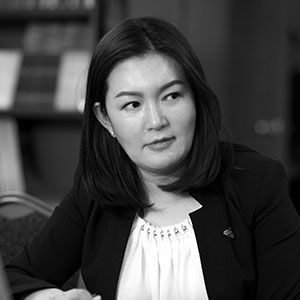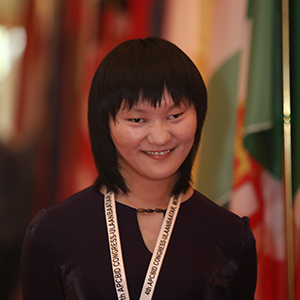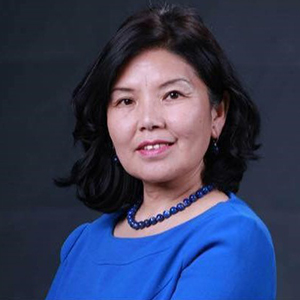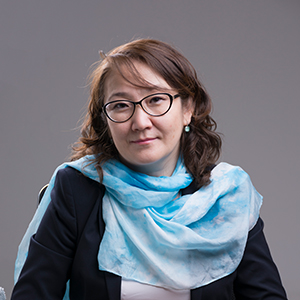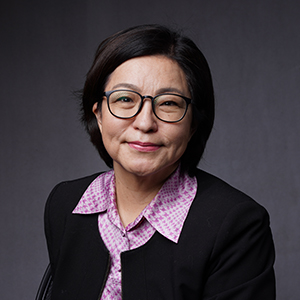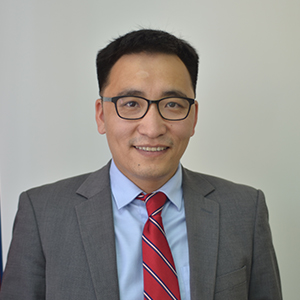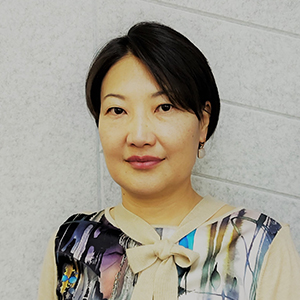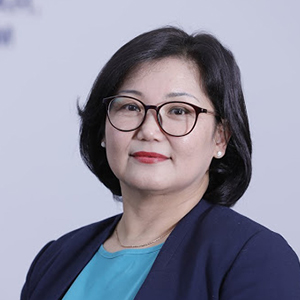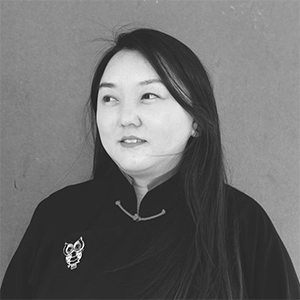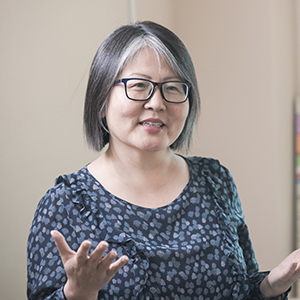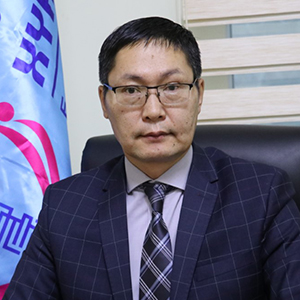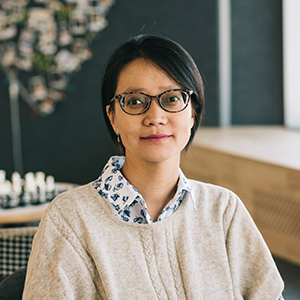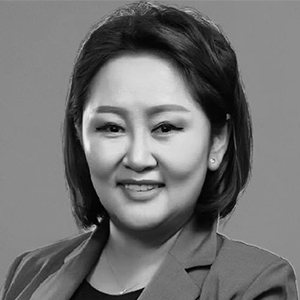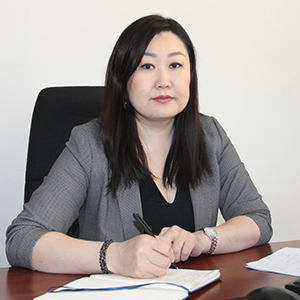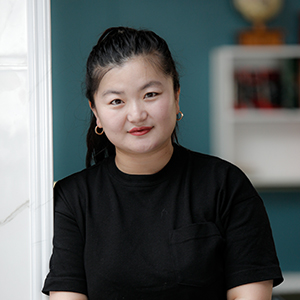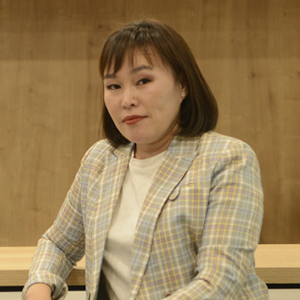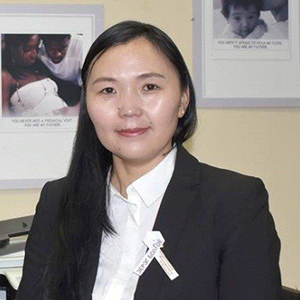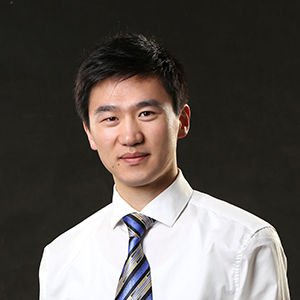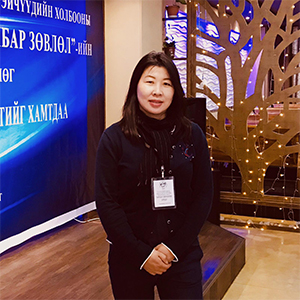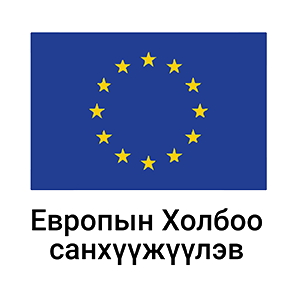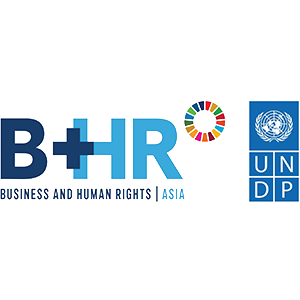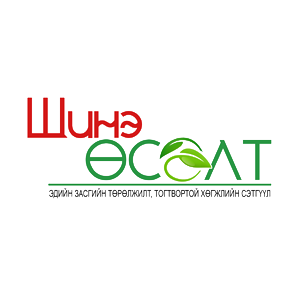


“THROUGH WOMEN’S EYES: 14th FORUM themed “CARE ECONOMY”
What is the care economy?
Our entire existence is entirely dependent upon the intricately woven “web of life” that is caregiving.
“THROUGH WOMEN’S EYES: 14th FORUM themed “CARE ECONOMY”
RATIONALE
What is the care economy?
Our entire existence is entirely dependent upon the intricately woven “web of life” that is caregiving.
The concept of the care economy is wholistic and includes all goods, services, production, and consumption required for the physical, social, intellectual, and emotional well-being of care-dependent communities, including children, the elderly, the sick, the disabled, and those of active labor age.
Care activities are comprised of two broad kinds. First, those that consist of direct, face- to-face, personal care activities (sometimes referred to as “nurturing” or “relational” care), such as feeding a baby, nursing a sick elderly, providing emotional support to a cancer patient, or teaching young children. Second, those involving indirect care activities, which do not entail face-to-face personal care, such as cleaning, grocery shopping, cooking, doing the laundry and other household maintenance tasks, culturally specific settings, such as delivery of water, fuel supply or cooking process and so on (sometimes referred to as “non-relational care” or “household work”), that provide the preconditions for personal caregiving. These two types of care activities cannot be separated from each other, and they frequently overlap in practice, both in households and in institutions.
The care economy and care work are important components of decent work and care work has both a paid and unpaid nature. Child care, preschool and secondary school teachers, health workers and long-term care workers are paid, yet most of them do double duty of unpaid care work within their home environment.
The care economy supports short-term economic sustainability by enabling daily productivity so that everyone can continue to contribute to the creation of products and services throughout their lives while staying healthy. In addition, the care economy lays the groundwork for long-term economic sustainability by preparing the next workforce through the care work of the current workforce.
The most crucial aspect of the care economy is that it cohesively bind families, friends, communities, and communities together via care labor. As the lifeblood of a shared society, it makes a significant contribution to social sustainability.
Why should Care Economy be addressed?
Population growth and aging, changes in family structure, an increase in the number of people who need care throughout their lifespan, and a birth rate that is below the retirement age all contribute to an increase in the need for care. With more under age children in the household, women spend more time in unpaid care.
Women with care responsibilities tend to be self-employed, engaged in micro and small businesses, and work in the informal sector with less social security.
Unpaid work provides the majority of care needs, but because their work is not valued, it is invisible, ignored, and neglected in policies and planning. The majority of care workers are women and have lower wages, conditions and status.
The fact that the main responsibilities of the care economy fall on women is the root cause of gender inequality in the labor market, which leads to many problems such as unequal gender participation in employment, job and professional differentiation, and wage differentials. .
Unless paid and unpaid care work is recognized as a central part of the economy and policy is addressed, women’s labor force participation will be limited and gender inequality in employment will widen.
The following figures indicate the need to consider unpaid care work and care economics in development policies and programs:
In order to ensure equal participation of women in the labor market, it is important to recognize the unpaid care work in the market economy and implement a comprehensive strategy to reduce and redistribute the burden.
What are the solutions?
The care economy is a policy issue directly related to sustainable and inclusive growth, reducing poverty, eliminating socio-economic inequality and creating decent work.
Redressing gender inequality in care work requires restructuring the care economy, which should be an integral part of gender equality policies. SDG 5 to “Achieve gender equality and empower all women and girls”, includes target 5.4: “Recognize and value unpaid care and domestic work through the provision of pub- lic services, infrastructure and social protection policies and the promotion of shared re- sponsibility within the household and the family as nationally appropriate.”92
Recognizing the care economy as an integral part of the economic space requires a wholistic approach. In particular, regulatory framework is required while adhering to the 5R strategy was defined by the International Labor Organization (Recognize unpaid care work, Reduce, Redistribute, Reward the amount and conditions of paid work, Representation of care workers in social and policy negotiations) to ensure the implementation of SDG 5.4.
Acknowledging the unpaid care work that women do and increasing awareness of the care economy is the first step in implementing the 5R strategy. To implement the policy that is to reduce and redistribute unpaid care work, it is important to recognize the long hours of work involved, and recognize the gender and social inequity that exacerbates social and economic inequality awareness
Recognition can be indicated through i) national legislation, legal and policy regulations for the care economy; ii) inclusion of quantitative and qualitative data on unpaid work, especially time-related data, in national statistics; and iii) estimation of the cost of unpaid care work and examination of how it relates to economic and social phenomena, such as labor force participation, gross domestic product (GDP), inequality and poverty.
It is important to recognize that the majority of care work makes a valuable contribution both to human well-being at the smallest level, family life, and to economic well-being in the larger picture. However, it is impossible to establish gender equality in labor relations without recognizing and reducing unpaid work, and without appropriate distribution between women and men, and further between the family and the state.
Solutions for the care economy are not only addressed by Sustainable Development Goal 5 (Gender Equality), but also by SDG#1 (eradicate poverty), SDG 3 (promote health and well-being), SDG#4 (promote accessible and quality education), SDG#8 (promoting economic growth and decent work) and SDG#10 (reducing inequality) are supported as a whole.
Thus, we are organizing the 14th “THROUGH WOMEN’S EYES” FORUM under the theme “Care Economy” and holding a multi-faceted policy discussion in cooperation with women, citizens, civil society organizations, representatives of government institutions in charge, academics and experts, and at the national level to identify the priority issues and solutions, and to determine the areas that will affect the government’s policy.
Based on the agenda discussed at the conference, conclusions made, proposed solutions, recommendations, and position statements, the advocacy strategy of the Movement for Women’s Economic Rights and Empowerment will be defined in-depth. It will also advocate the inclusion of issues aforementioned in the program of action of the political parties in the 2024 parliamentary elections. In addition to monitoring the implementation of the International Covenant on Economic, Social and Cultural Rights, developing and delivering shadow reports, we will monitor the implementation of the recommendations assigned by the Committee on the Elimination of Discrimination against Women (CEDAW) to the Government and contribute to strengthening the accountability mechanism.
OBJECTIVES OF THE 14th FORUM
A team is working to develop the draft of the housing document.
Competition guidelines
GENERAL STUFF
Photos and posts on Facebook about the process of the XIV “Women’s Eyes: Care Economy” conference, their impressions, and the issues discussed will be selected.
WHO CAN PARTICIPATE?
All participants of the conference.
HOW TO PARTICIPATE?
To enter the contest, submit a photo or post on FACEBOOK that reflects your impressions of the conference, the process, and issues discussed at the conference. It must meet the following requirements.
PERIOD OF COVERAGE
The competition will be held from 9:00 a.m. to 5:00 p.m. at the beginning of the session. Likes and shares received after the specified time will be considered invalid.
EXAMINATION
The organizers of the XIV Conference “Through Women’s Eyes: The Care Economy” will announce the following two winners.
1 winner from each category will receive exciting prizes.
WARNING: Use hashtags #TWE2023 and #ЕН2023. We will judge the posts according to the hashtag and choose the winner. Please note that it is invalid if it is not used or written incorrectly.
FIESTA FEMINISTA /FIESTA FEMINISTA/
“Party of Solidarity” will be held on May 10, 2023 at 19:00 at Mexikhan Restaurant.
Interested participants can participate in the traditional solidarity party after the conference by paying a certain fee.
The Fiesta Feminista Solidarity Party is about:
Registration
Opening Session
Welcome Remarks
Launch: Building a Movement for Women’s Economic Empowerment
Moderator of the conference: A. Solongo, national expert on gender, teacher, doctor, professor at the University of Mongolia
Plenary Session: Economy and Gender
“Why is Gender Important for the Economy?”
“Care Economy”
Open discussion
Photo Session
Tea break
Panel Discussion 1: Barriers to Young Women’s Participation in Economic Activities
Moderator: B. Zolzaya, Gender and Development Researcher, Lawyer
Video: Job opportunities for young women with young children
Panelists:
Open Discussion
Panel Discussion 2. Workplace Adjustment and Job Opportunities for Women with Disabilities
Moderator: B. Boloroo, Officer, Population Development Policy Implementation and Coordination Department, Ministry of Labour and Social Protection
Video: Workplace Adjustment and Job Opportunities for Women with Disabilities
Panelists:
Open Discussion
Lunch
Collective Care
Panel Discussion 3: “Salaried Mother” Program
Moderator: M. Bolormaa, Chair, Women Leaders Foundation; Case Study Team Leader
Video: Salary? or… Welfare?
Panelists:
Open Discussion
Panel Discussion 4: Barriers for Micro-businesswomen in Accessing Loans
Moderator: B. Lakshmi, Director, Economic Policy, and Competitiveness Research Center
Video: Loan Requirements Not Suited to Micro-businesswomen’s Conditions
Panelists:
Open Discussion
Tea break
Plenary Session: New Initiatives
Sustainable Financing: Gender Bond
Ensuring Respect for Human Rights and Gender Equality in Business: Policy Trend and Innovative Practices
Discussion
Concluding Session
Closing Keynote
Fiesta Feminista Solidarity Party (separate program)


National Network of Feminist Movements (МОНФЕМНЕТ) is a non-partisan, non-governmental organization with a mission to serve as a strong driving force for the development of a national, broad based, democratic, sustainable and transformative movements for women’s human rights, gender equality, substantive democracy and social justice with our 19 member organizations.












Brief about the movement
Initiated in 2020, the movement is committed for women’s economic rights and empowerment. MONFEMNET is a national network that works for expanding and strengthen the movement as well as its capacity.
To sustain a long-term movement to jointly build a society where women’s rights and empowerment are ensured, we have formed a core team consisting of representatives of various women’s groups, human rights and women’s rights organizations, and the process of empowerment, reaching a consensus, and collective analysis is ongoing. This core team embodies the diversity of knowledge, expertise, and voice of organizations, groups, and people.
What is movement?
Various initiatives aimed at promoting women’s entrepreneurship and economic rights are implemented, yet majority of them are short-term and only address the visible consequences of the problem. However, the causes that maintain women in a position of economic independence have more to do with inequalities than with the individual. This context induces a movement because it requires changes in structure and system.
A movement is a process in which many organizations, groups, and people collaborate at various periods using various strategies and approaches to achieve a common vision and purpose. People are not monolithic; they are diverse within themselves, so it is necessary to have a broad base covering their multiple representations. With the better organization of the core of the movement, the movement will be strengthened by collective reflection, analysis, and collective leadership.
Movement concept
Vision: Building a humane, democratic and just society that ensures all girls and women – regardless of age, disability, geographic location, educational level, sexual orientation, gender expression, ethnicity, or marital status, equal access to all socio-economic and other rights and freedoms and are free from any social discrimination and violence.
Mission: Develop political awareness, solidarity, and collective power, as well as conduct collective action aimed at resolving issues by securing the economic rights of girls and women from diverse socioeconomic groups, and their empowerment, and addressing the underlying causes and influencing factors.
We are working to strengthen the capacity for analysis and advocacy by ensuring the participation of underrepresented, marginalized and neglected groups such as micro-entrepreneurs, disabled people, people living in remote areas, single-headed households, LGBTIQ community, and young mothers taking care of their children.
